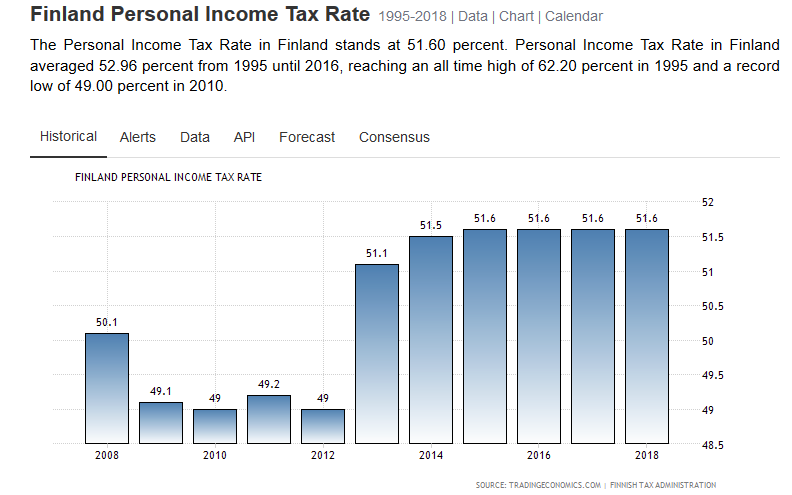In October I posted an article based on an opinion piece from The New York Times. The New York Times article was posted October 6th and told the story of a man who was addicted to marijuana. Yes, despite what you have been told, addiction to marijuana is a real thing. The people pushing for the legalization of marijuana are very similar to the people who for years tried to tell us that smoking tobacco had no negative impact on the smokers’ health. This month Imprimis (the monthly magazine of Hillsdale College) posted a more disturbing article about the effects of marijuana. I strongly suggest that you follow the link and read the entire article. I will try to summarize parts of it here.
The article reports:
Over the last 30 years, psychiatrists and epidemiologists have turned speculation about marijuana’s dangers into science. Yet over the same period, a shrewd and expensive lobbying campaign has pushed public attitudes about marijuana the other way. And the effects are now becoming apparent.
Almost everything you think you know about the health effects of cannabis, almost everything advocates and the media have told you for a generation, is wrong.
They’ve told you marijuana has many different medical uses. In reality marijuana and THC, its active ingredient, have been shown to work only in a few narrow conditions. They are most commonly prescribed for pain relief. But they are rarely tested against other pain relief drugs like ibuprofen—and in July, a large four-year study of patients with chronic pain in Australia showed cannabis use was associated with greater pain over time.
They’ve told you cannabis can stem opioid use—“Two new studies show how marijuana can help fight the opioid epidemic,” according to Wonkblog, a Washington Post website, in April 2018— and that marijuana’s effects as a painkiller make it a potential substitute for opiates. In reality, like alcohol, marijuana is too weak as a painkiller to work for most people who truly need opiates, such as terminal cancer patients. Even cannabis advocates, like Rob Kampia, the co-founder of the Marijuana Policy Project, acknowledge that they have always viewed medical marijuana laws primarily as a way to protect recreational users.
As for the marijuana-reduces-opiate-use theory, it is based largely on a single paper comparing overdose deaths by state before 2010 to the spread of medical marijuana laws— and the paper’s finding is probably a result of simple geographic coincidence. The opiate epidemic began in Appalachia, while the first states to legalize medical marijuana were in the West. Since 2010, as both the epidemic and medical marijuana laws have spread nationally, the finding has vanished. And the United States, the Western country with the most cannabis use, also has by far the worst problem with opioids.
The article also notes:
After an exhaustive review, the National Academy of Medicine found in 2017 that “cannabis use is likely to increase the risk of developing schizophrenia and other psychoses; the higher the use, the greater the risk.” Also that “regular cannabis use is likely to increase the risk for developing social anxiety disorder.”
…These new patterns of use have caused problems with the drug to soar. In 2014, people who had diagnosable cannabis use disorder, the medical term for marijuana abuse or addiction, made up about 1.5 percent of Americans. But they accounted for eleven percent of all the psychosis cases in emergency rooms—90,000 cases, 250 a day, triple the number in 2006. In states like Colorado, emergency room physicians have become experts on dealing with cannabis-induced psychosis.
Cannabis advocates often argue that the drug can’t be as neurotoxic as studies suggest, because otherwise Western countries would have seen population-wide increases in psychosis alongside rising use. In reality, accurately tracking psychosis cases is impossible in the United States. The government carefully tracks diseases like cancer with central registries, but no such registry exists for schizophrenia or other severe mental illnesses.
On the other hand, research from Finland and Denmark, two countries that track mental illness more comprehensively, shows a significant increase in psychosis since 2000, following an increase in cannabis use. And in September of last year, a large federal survey found a rise in serious mental illness in the United States as well, especially among young adults, the heaviest users of cannabis.
According to this latter study, 7.5 percent of adults age 18-25 met the criteria for serious mental illness in 2017, double the rate in 2008. What’s especially striking is that adolescents age 12-17 don’t show these increases in cannabis use and severe mental illness.
A caveat: this federal survey doesn’t count individual cases, and it lumps psychosis with other severe mental illness. So it isn’t as accurate as the Finnish or Danish studies. Nor do any of these studies prove that rising cannabis use has caused population-wide increases in psychosis or other mental illness. The most that can be said is that they offer intriguing evidence of a link.
Please read the entire article. Remember how hard the tobacco lobby worked to keep pushing smoking cigarettes as cool, glamorous, and not hazardous to your health. The marijuana lobby is following the same pattern. You have been warned.


